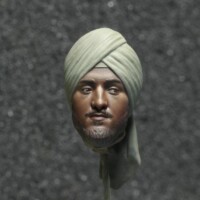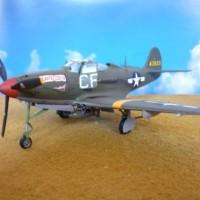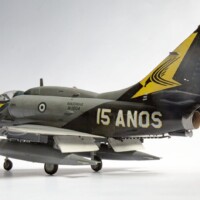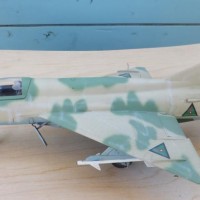A hornet without its stingers: F/A-18B in action at the National Air and Space Agency NASA
A fully equipped F/A-18 Hornet in civilian hands? Is there such a thing? Surprisingly, you don't have to look far to answer yes: the US National Aeronautics and Space Administration (NASA) has been operating a small fleet of F/A-18 Hornets since the mid-1980s, which are used wherever phenomenal flight performance and speeds of around Mach 1.5 are required.
Founded in 1958, NASA (National Aeronautics and Space Administration) has operated an astonishing number of former military mission aircraft since its beginnings. In addition to the well-known Northrop T-38 Talon, these include Boeing B-52s and two modified Boeing 747s, which were used as flying observatories or, more famously thanks to spectacular images, as carriers for the space shuttle.
F/A-18 Hornet at NASA
Between 1984 and 1991, several F/A-18A and B aircraft were purchased by the US Navy, primarily to complement the T-38 Talon in its role as a "chase plane". During these missions, the aircraft accompanied the test flights of "X-planes" or NASA space vehicles in order to photograph, measure and document their flight progress. Another important aspect is the additional pair of eyes that observe the test aircraft and can sound the alarm if any externally visible problems occur.
Aircraft such as the T-38 Talon and the F-18 Hornet can also be used to complete the necessary flight hours required by the various NASA test pilots and other flying personnel to maintain their flight licences. In the official nomenclature, these aircraft are called "Nasa Mission Support Aircraft" - a name that gives a good characterisation of the wide-ranging mission profile of these military aircraft in civilian use.
NASA Hornets sometimes find themselves in the role of "X-planes". For example, an F-18 was used to research flight control with extremely high angles of attack and active thruster control. This project, known as HARV (High Angle of Attack), was successful and the results were incorporated into the thrust vector control of today's F-35B, for example.
The F/A-18A and the twin-seat F/A-18B fly at the Armstrong Flight Research Centre in Edwards. The aircraft have retained their full military performance spectrum, the demilitarisation only refers to the temporary expansion of the weapons systems.
Model aircraft, kit and construction process
The F/A-18B shown here in the model is NA846NA/ 161355, which as a two-seater aircraft is primarily used as a "chase plane". Although I used the Hasegawa kit "F18B NASA" (No. 094461) to realise this interesting prototype, the decals are from the manufacturer Caracal. The reason for this is that the original decals were not only yellowed by the ravages of time, but also the colour of the striking dark blue side stripes was clearly too dark.
The Caracal decals, on the other hand, presented a different challenge: in the area of the centre fuselage areas, which are characterised by complex surface contours and structures, they have to be cut to size by the modeller himself. In the end, I decided not to do this and to paint these areas instead. Fortunately, I managed to achieve a colour mix that was quite close to the blue of Caracal; I even think that the painted areas are indistinguishable from those that were designed with the decals.
Another challenge came from the aged Hasegawa kit itself: a heavy centre ridge on the large transparent part of the canopy could not be left as it was. I had to sand and polish a large area of the transparent part, which was new territory for me in this size. Well, in the end I had gained an experience-rich sense of achievement - and the transparent part had lost the burr and gained in clarity!
The rest of the build went as expected for a solid, but no longer very fresh Hasegawa kit: without any problems and with very good accuracy of fit, but at a rather sparse level of detail. To remedy this a little, I bought the 3D decal set from Quinta Studio. The assembly was comfortable and the result visually impressive; whether it was worth it, everyone can answer for themselves with a look at the enclosed pictures of the cockpit interior.
For me, the NASA Hornet was an opportunity to build one of the most elegant contemporary fighter aircraft in terms of lines, without having to fill it with weapons load and other military paraphernalia. In times like these, it was a welcome opportunity for me to show military equipment in civilian use.




































That's gorgeous!
Thank you Paul!
Very nice model, all dressed-up for NASA. Cockpit really comes "alive" in 3D; special.
I'm glad to hear that!
Excellent model and equally excellent article, Roland!
Thank you my friend! 🙂
Very nice looking Hornet!
Thank you a lot!
Like those NASA schemes. Very nice model.
appreciated- thank you!
A beauty! I agree that the Hornet was just about the last aesthetically pleasing US aircraft design - everything since then is kind of numbing to look at.
Thank you Greg! A kind reply!
Beautiful Hornet, Roland @rosachsenhofer
Never knew that NASA used this aircraft, thanks for sharing the information.
That pleases me, thank you for your words!